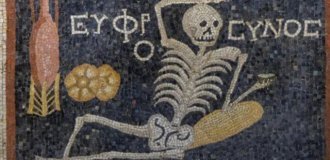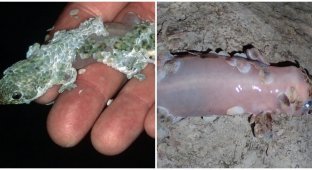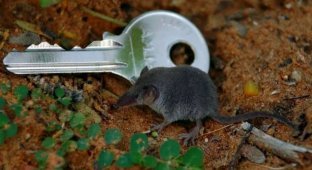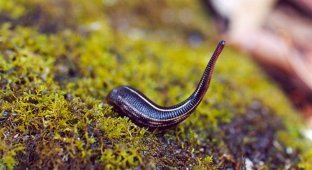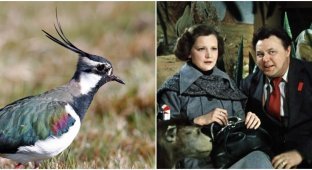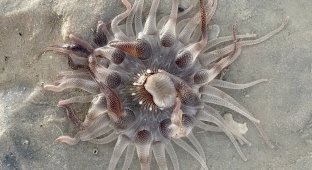Midges are a separate family of dipterans, unrelated to mosquitoes. However, they have a lot in common. Midges, like mosquitoes, live all over the world, except for Antarctica and some particularly lucky islands. 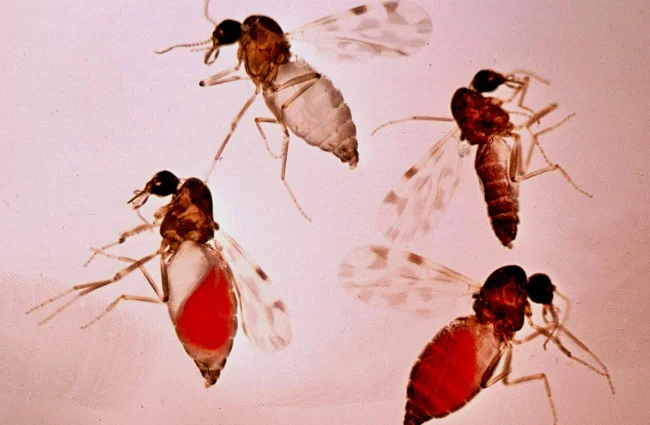
A squadron after a successful flight.
They look like standard bloodsuckers in appearance, and can only be distinguished by their increased hairiness of the body and spotted wings. If you can even see the wings of these little things. 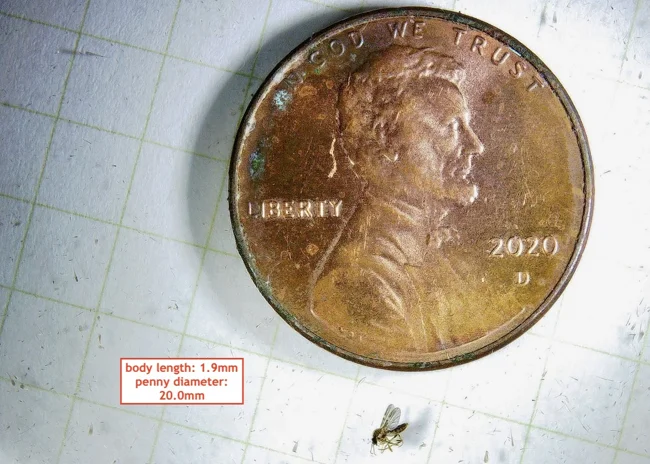
Hey, big guy, got some gum?
The body length of the largest midge does not exceed 4 millimeters. And the average representative is 2 times smaller! Therefore, nets with a cell size larger than a millimeter are already capable of letting midges into your safe zone. And, despite their small size, midges bite through not only the relatively thin skin of humans, but also the skin of most other mammals. 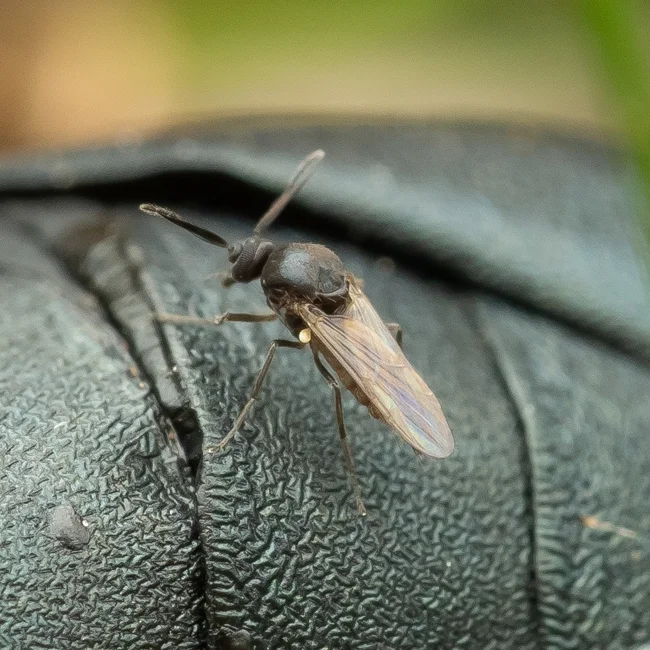
And this midge is so small that it sits on the shell of another insect!
Since midges can get through any crack, they can drink a lot of blood from humanity. But, fortunately for us, the midge's diet consists exclusively of nectar and the juice of fermented fruits. Only females need blood and only for raising healthy and numerous offspring. And since midges can be carriers of some parasitic nematodes, a number of diseases dangerous to hoofed animals and human viruses, we can only rejoice at their unwillingness to feed only on blood. 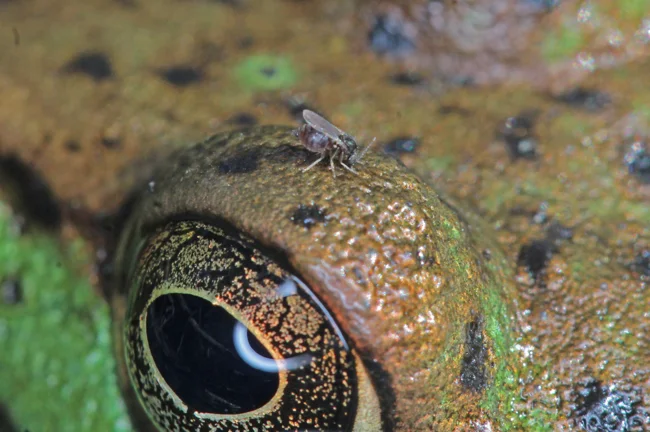
Amphibians also get it from bloodsuckers.
Another good news is that in our latitudes there is no need to fear all the horrors described above. After all, without a stable population of sick animals, diseases simply have nowhere to come from in midges. They are carriers of diseases, not their cultivators. 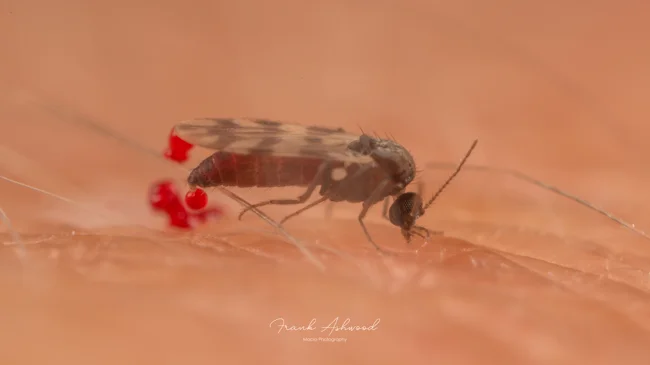
If the blood pressure in the vessel is too high, the midge has to drain some of the liquid so as not to burst accidentally.
If you forget about their craving for human blood, then the insects are simply wonderful. Adult midges pollinate flowers; in the southern regions, they play a central role in pollinating cocoa beans, for example. And the midge larvae, although they look like tiny whitish worms, have a huge variety and cover hundreds of ecological niches. They live in water and on land, feed on algae, mushrooms, carrion, or even other larvae. Including the larvae of other midges. 6,000 species of midges all over the planet conscientiously play their roles in the life of the ecosystem! 
Midge midge larvae feed en masse on... something.
In addition, hundreds of other species of animals feed on midges: insects, spiders, bats and insectivorous birds. They are a virtually inexhaustible source of food, because the life cycle of midges completes in just 2-4 weeks, if not interrupted for winter. So, are these insects really that terrible? 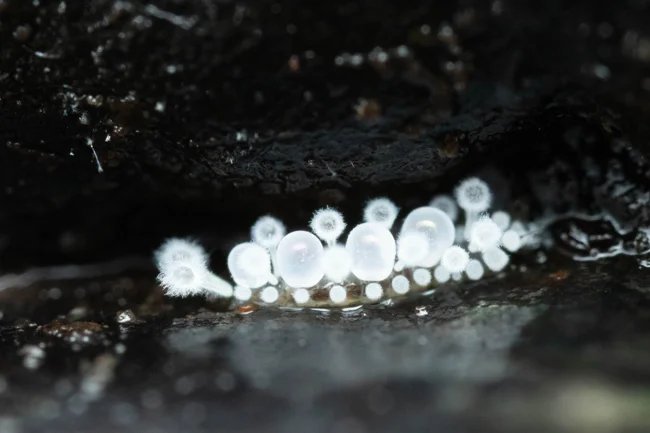
The larvae of midges are so small and defenseless that they can become victims of predatory mold.
Add your comment
You might be interested in:








